Superior Custom Wire Harness for the right Job
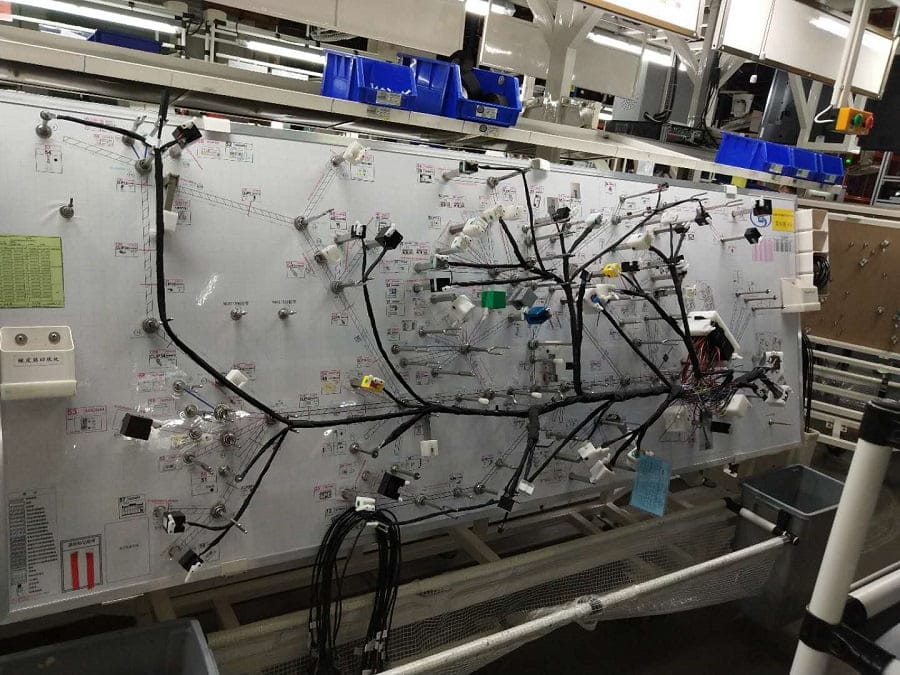
The custom wire harness connects machine parts while keeping wires organized and secure. It ensures electrical components function smoothly. Regular cables can be messy. They get tangled and break easily. A custom harness is made for a specific job. This helps machines work better and last longer. It also enhances safety, which is why industries like automotive, aerospace, and heavy machinery depend on them. Wire harnesses come in various sizes, lengths, and coverings to keep wires securely in place. This stops them from moving or tangling. Keeping wires neat helps air flow better. It also reduces heat. This makes machines work more smoothly. Wire harnesses are used in homes and factories. They keep electric connections strong and safe. Engineers use them to enhance the safety and maintainability of electrical systems. QL-Custom Technology Ltd. manufactures high-quality wire harnesses. Our products are safe and high quality. Many industries trust us. We test every harness to make sure it is the best. We always look for new ways to improve. Our team works with customers to make the right products for them. Our harnesses are easy to install. They last a long time and work well. Why Choose Us for Custom Wire Harnesses? QL-Custom Technology Ltd. is ISO9001:2015 certified. This site is expert in custom wire harnesses. QL-Custom also makes over-molding cable assemblies. Our team has many years of experience. Our products are trusted by the electronics, medical, automotive, robotics, military, clean energy, and camera industries. Our team focuses on innovation, quality, and customer happiness. If you need a custom wire harness, choose us! Making Custom Cable Harnesses: Technical Processes Using advanced machinery and stringent quality control processes, we produce high-quality custom wire harnesses. Our machines use automation to make parts fast and correct. EDM machining shapes parts with great...
Read More »Maximum quality Automotive-wire-harness at ease

An automotive wire harness is like a bunch of tiny ropes that carry power and signals to different parts of the car. It helps turn on the lights, run the engine, play music on the radio, and blow cold air on hot days! Without it, the wires would be all messy, and the car would stop working. The harness keeps everything neat so the car can work properly. It is important because it keeps the car's wires safe. If the cables get tangled, they can break, and things in the car might stop working! The lights might not turn on, the radio might be silent, or the vehicle might not start! The harness keeps everything in place so the car can work safely daily. It also stops wires from rubbing together and wearing out too fast. Think of it like a superhero keeping the cables safe! QL-Custom makes special wiring harnesses! These wires help cars, trucks, and big machines move and work. Machines need wires to run, and we make sure the cables are safe and strong. If machines do not have good wires, they stop working. But with QL-Custom, everything works great! We use small parts and big parts. We put all the cables in the right place. We make them strong so they do not break. We help people get the right wires. We take time to make sure everything is just right! Parts of an automotive-wire-harness kit A wire harness kit has many small parts that help it work. Each part has a big job to do: Wires are like tiny roads that carry power to different car parts. Connectors – These help wires join so electricity can move from one place to another. Covers – These wrap around wires like a blanket to keep them safe...
Read More »How Are Automotive Wire Harnesses Manufactured
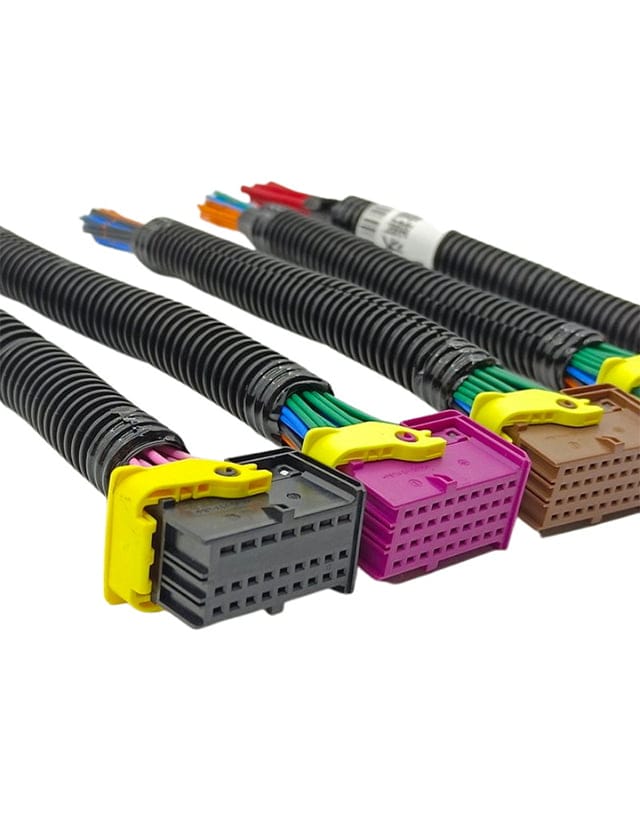
Cars have many electric parts. Lights, radios, and engines all need power to work. A Automotive Wire Harness is a bundle that helps send power to the right places. A car's electric system would not work well without a wire harness. Making a wire harness starts with cutting wires to the correct length. Then, the cables are put into groups so they do not get messy. A cover is added to protect the cables from heat, water, and damage. After that, the wire harness is tested to make sure it works. A good wire harness helps cars run smoothly and safely. How Do Engineers Design a Car Wire Harness? Before making a car wire harness, engineers have to plan it out. They decide where each wire should go. And make sure it connects to the right parts, like the lights, engine, or sensors. If they make a mistake, the car might not work. The wires also need to be safe. They must handle heat, vibrations, and moisture without breaking. A good design helps the car wire harness last long and keeps the car running smoothly. Choosing the Right Materials A wire harness is a set of wires. These wires carry power to different car parts. They need to be strong and safe. If they get too hot or break, they can cause problems. A cover protects them from water, dirt, and heat. Without this cover, the wires may fail. If that happens, the car may not work. A good wire harness stops fires and short circuits. Strong materials help the car run well for a long time. Cutting and Stripping the Wires After picking the right materials, the wires must be cut to the correct size. If a wire is too short, it will not reach its part. If it...
Read More »Does OBD GPS Tracking Cables Enhance Vehicle Security
Keeping a car safe is very important for every car owner. Cars can get stolen very fast, and that can be very stressful. However, with an OBD GPS tracking cable, car owners can always know where their car is. This small cable plugs into the car and connects to a GPS tracking system. The system sends signals to a phone or computer. The owner can see the exact location of the car on a map. If the car is stolen, it can be found very fast. This is why thes tracking cables are handy. Thieves know that cars with GPS tracking are easy to find, so they do not want to steal them. These cables are small, easy to install, and do not cost much. What is an OBD GPS Tracking Cable? This cable is a small but beneficial wire. It helps a GPS tracker work inside your car. This cable plugs into the OBD port, a unique slot inside most cars. Every modern car has this port. The OBD cable gives power to the GPS tracker, so you do not need to charge it or use extra batteries. Setting it up is very simple. You do not need any tools. You do not need a mechanic. You just plug it in, and it starts working right away. It is one of the easiest ways to track a car. How Does the Cable Work? The OBD cable connects the GPS tracker to your car’s system. Once plugged in, the tracker turns on. It starts sending updates about your car’s location. You can check where your vehicle is at any time. You can use an app or website on your phone, tablet, or computer. This tracking system is helpful in many ways. Families can keep track of their cars and...
Read More »Design Considerations for Custom Low Pressure Molding
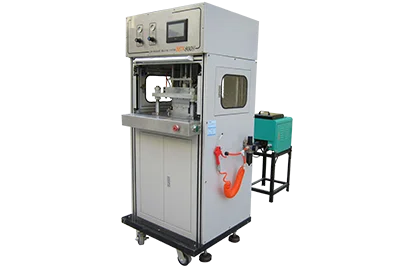
Low pressure molding keeps electronics safe. It protects them from dust, water, and damage. It makes parts strong and solid. They do not crack or break easily. It is also a cost-friendly way to seal delicate parts. To make the best-molded parts, you need to plan well. Think about materials and design. Also think about how strong you need the parts to be. Picking the Best Mold Machine A mold machine shapes and forms materials. Picking the right one is very important. It must fit the size, type, and pressure needed for the job. A good machine makes strong, smooth, and neat parts. A lousy machine can cause weak, rough, or broken pieces. The machine should be easy to use. If it is too hard to control, mistakes can happen. A simple machine saves time and effort. A good machine also uses less energy. This helps save money and makes better parts. A strong and well-built machine lasts longer and needs fewer repairs. Choosing the Right Material The material used in molding is vital. Some are soft, some are hard. Low pressure molding often uses plastics that melt and flow easily. The right material makes parts strong and long-lasting. The wrong one might break or not stick well. Some materials bend easily. Others are stiff and strong. If a part must handle heat, it needs heat-resistant material. Some materials last longer than others. Picking the best material helps make better products that last. Making a Better Mold System A mold system shapes parts. A well-made system fills up smoothly. It cools evenly. It does not waste material. It does not trap air. Air bubbles can make parts weak. A sound mold system makes perfect parts every time. The mold should also be easy to clean and fix....
Read More »Select the Best Custom Plastic Injection Molded Connector
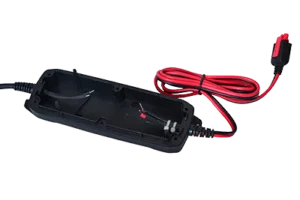
A suitable injection molded connector keeps things working smoothly. A bad one can cause big problems. It can make parts lose, break connections, or stop things from working. Choosing the right one helps devices last longer. It makes them work better, too. This guide will help you. You will learn what to look for. You will see which materials are best. You will know how to make a wise choice. Injection Molding for a Molded Connector Injection molding is the best way to make custom plastic injection molded connectors. First, plastic is heated until it melts into a liquid. Then, this melted plastic is pushed into a mold. The mold shapes it into the proper form. After that, the plastic cools down and hardens. Once it is solid, the connector is ready to use. This method is used to make strong and exact connectors. Many industries use injection molding. Car companies use it for connectors inside cars. Electronics companies use it for connectors. Medical companies use it for special connectors. Why Use Plastic Injection Molding in Connectors Plastic injection molding is very popular. It is fast and affordable. It makes many high-quality connectors at once. After a mold is made, it can produce thousands of identical connectors quickly. Since machines do most of the work, there are fewer mistakes. This means less wasted plastic, which saves money. Another reason people use it is because it allows for very detailed designs. This is helpful when making small or complex connectors. The process is also very reliable. The connectors come out the same each time, so they fit well and last long. Pick the Right Plastic Mold for Connectors A plastic mold gives the plastic its shape. Choosing the right mold is very important for a connector. A mold should be strong...
Read More »Common Applications of a Custom Wire Harness
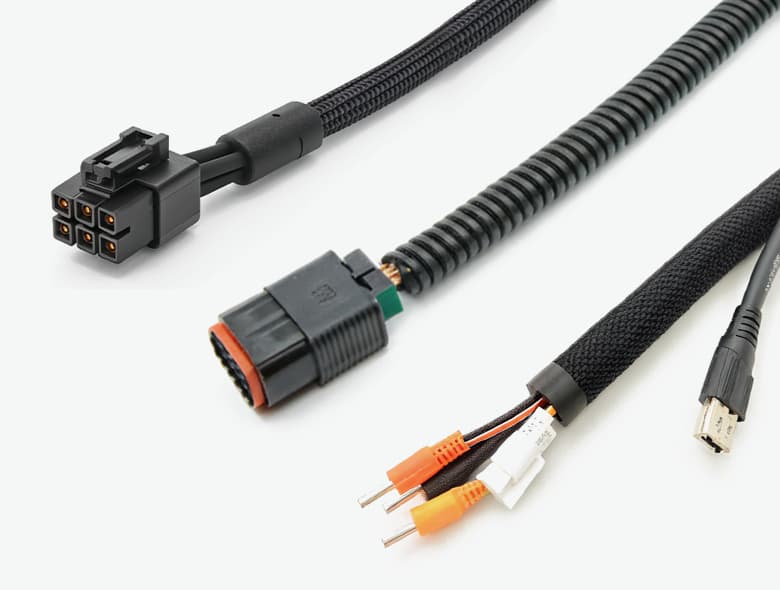
Wires can be messy. They can tangle. They can break. A Custom Wire Harness keeps them safe. It holds them together. It stops the damage. It helps in many places. Cars use them. Planes use them. Factories use them. Even hospitals use them. They make things work better. In this guide, we will learn where they are used. We will see why they help so much. What is a Custom Wire Harness, is it Vital? These wires carry power. They are tied together to stay neat. This keeps things safe. It helps machines work well. It makes machines last longer. Without wire harnesses, wires would be messy. They could break. This would cause big problems. Machines would stop working. Fixing them would be hard. Many industries use wire harnesses to prevent these issues. They help machines run better. They make things safer. A wire harness is like a body's nerves. It moves power to where it is needed. It keeps things running right. It protects wires. It helps machines last long. Without it, machines would break often. Fixing them would be hard. That is why wire harnesses are essential. Wire Harnesses are Best for Vehicles An engine harness helps the engine start and run. Without engine wire harnesses, wires could tangle. This could be unsafe. Wire harnesses help with safety, too. They connect airbags, GPS, and backup cameras. Electric cars need them to link the battery to the motor. This lets the car run well. Without them, electric vehicles would not work. Cars need many wires. These wires power lights, windows, and locks. They help with speed and brakes. They also show essential info on the dashboard. A wire harness keeps everything working. It stops wires from coming loose. It keeps cars safe. Without it, cars would...
Read More »Are Custom OBD Connectors Better Than Standard OBD Ports
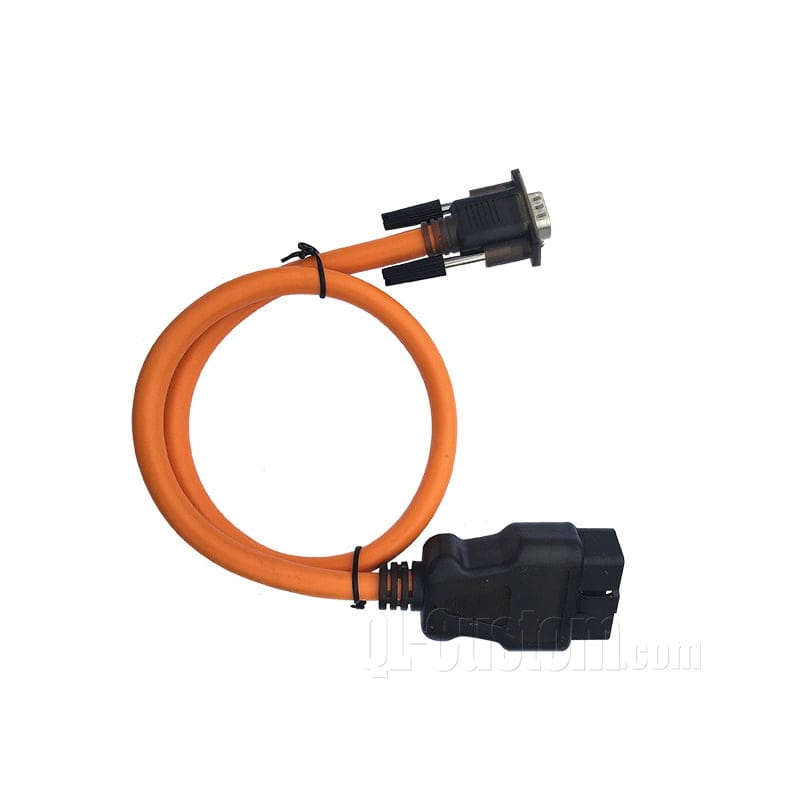
Cars have OBD ports. These ports help check for problems. Standard ports do not always fit well. A loose fit can cause issues. It can make the connection weak. It can make car checks harder. Custom OBD connectors fix this problem. They grip tighter. They connect faster. They last longer. They help with easy car checks. In this guide, we will see how they work. We will learn why they might be better for you. What Is an OBD Connector? An OBD connector is a small plug in a car. It connects to a tool called a scanner. This scanner checks if the vehicle has a problem. If there is a problem, the scanner shows a code. This code helps a mechanic or car owner know what is wrong. Every car has an OBD port. Without it, finding car problems would be complex. It would take more time and effort to fix issues. The OBD system controls the car's engine, fuel, and other parts. If something goes wrong, the OBD connector helps find it fast. Car owners and mechanics use OBD scanners to read the codes. This makes fixing cars easier. Without an OBD port, people would have to check each part by hand. That would take more time and cost more money. Standard vs. Custom OBD Connectors Most cars have a standard OBDII port. This port is the same in all vehicles. A simple scanner can check for problems. A custom one is different. It is made for special needs. It may fit better, work faster, or have extra features. Some cars need a custom OBD-connector to work well, but most do not. If a vehicle has unique tuning or additional systems, a custom connector may help. A standard OBD port checks common problems, like engine trouble. It...
Read More »Properly Install a New Automotive Wire Harness
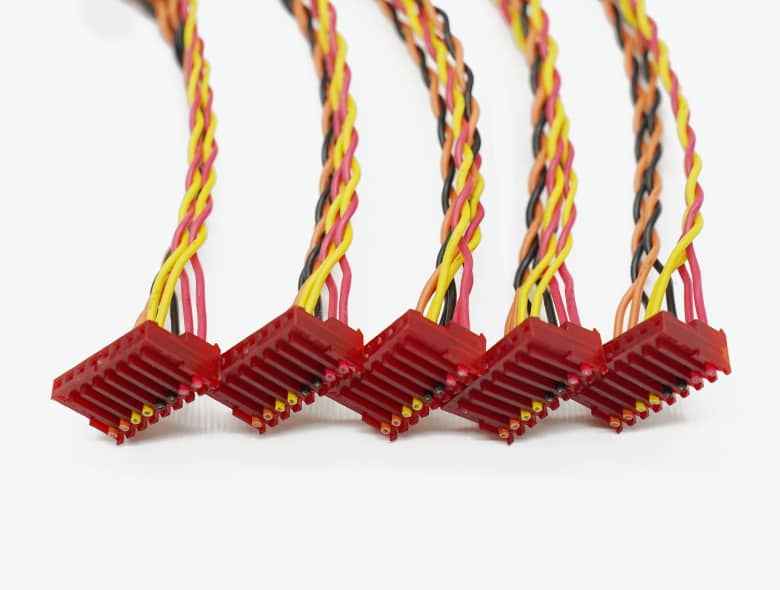
A vehicle needs a good Automotive Wire Harness. It connects essential parts. It makes sure power flows correctly. If wires are not in place, the vehicle may not start. Lights may not work. It could even be unsafe. Every wire has a job. It must be connected. A good harness prevents problems. It stops short circuits. It makes sure all parts get power. It also makes repairs easier. Installing it the right way is essential. It helps prevent accidents and keeps the car running well. Gather Every Tool and Automotive Wire Kit You Will Need Gather everythings you need for this. You must also check that your automotive wire kit has all the correct parts. Make a list of everything so you do not forget anything. The job will be much easier and faster if you have all your tools and parts ready. A well-organized workspace will also help you. It will help you keep all in order. It also helps to avoid any confusion during installation. Always Disconnect the Car Battery First So You Stay Safe Safety is the most essential part of working with car wires. If the wires are not disconnected then it could harm you and your wires harness. It might damage the wires or even your entire car. Taking out the battery ensures no power runs through the wires while you work. Start by removing the negative terminal first, then the positive one. This will help stop any electrical problems. Ensure the battery is placed somewhere safe where it won't cause any danger while you work. Remove the Old Automotive Wire Harness Gently Carefully take out the old automotive wiring harness. Do not pull too hard because this could damage other parts of your car. Go slow and be patient. Label every wire as you...
Read More »Is Low Pressure Molding Better for Sensitive Electronics

Low pressure molding covers delicate electronics like a soft shield. It keeps them safe from heat, dust, and damage. Some methods are too rough and break parts. Others do not protect enough. This method is just right. A unique material melts and flows over parts smoothly. It does not press too hard. When it cools, it forms a strong shell. This stops water, dirt, and damage. Many industries use this method. It helps electronics last a long time. Let's see why it is the best choice. Low Pressure Molding Keeps Tiny Parts Safe Small electronics are very delicate. They can break so quickly if not handled carefully. Low-pressure molding gently covers these tiny parts. It does not press too hard. Other molding methods use strong force. That force can damage circuits. When circuits break, the device stops working. Low-pressure molding applies a soft, even layer. It keeps everything safe. This method protects delicate devices. It helps them last longer. It keeps circuits, sensors, and chips from getting damaged. It is the best way to keep small parts safe. Uses Special Protective Materials Low-pressure molding uses unique protective materials. These materials are strong. They shield electronics from heat, water, dust, and dirt. Heat can cause electronics to overheat. Water can cause rust and short circuits. Dust can clog small parts. Dirt can make things stop working. The protective materials stop all these problems. They keep fragile parts safe. Even though the cover is challenging, it is gentle. It does not press too hard on the device. That makes it perfect for delicate electronics. It is excellent for medical tools. It is terrific for car sensors. It is great for factory machines. It protects electronics from harmful conditions. Low Pressure Injection molding Works With Smart Mold Systems New mold systems make low-pressure...
Read More »